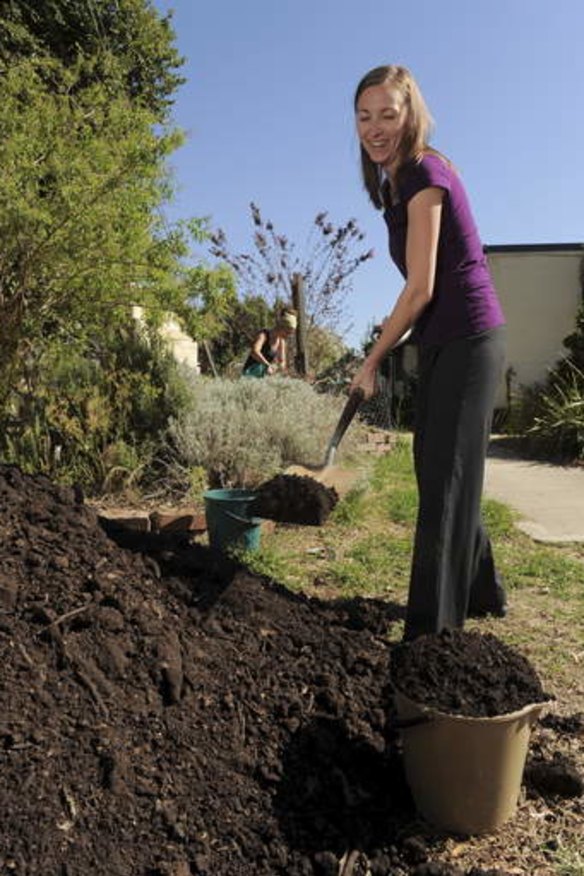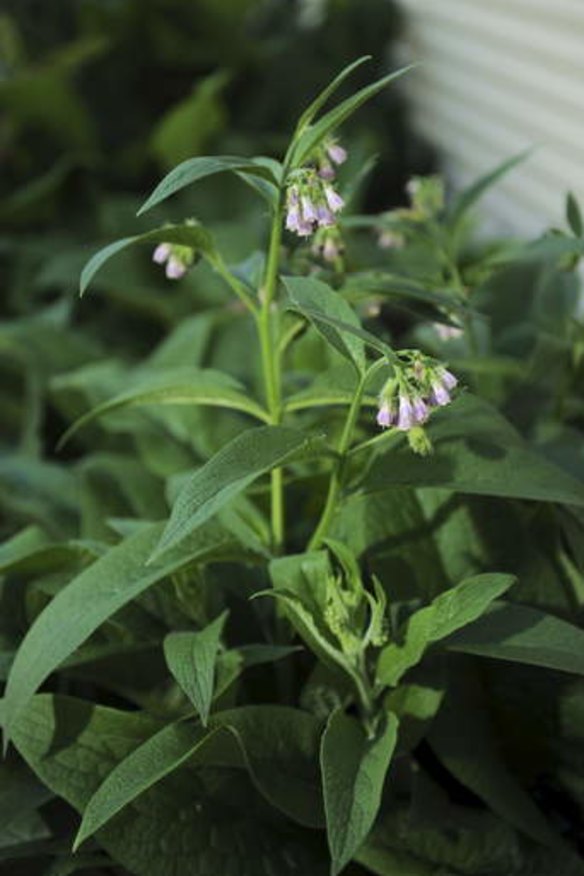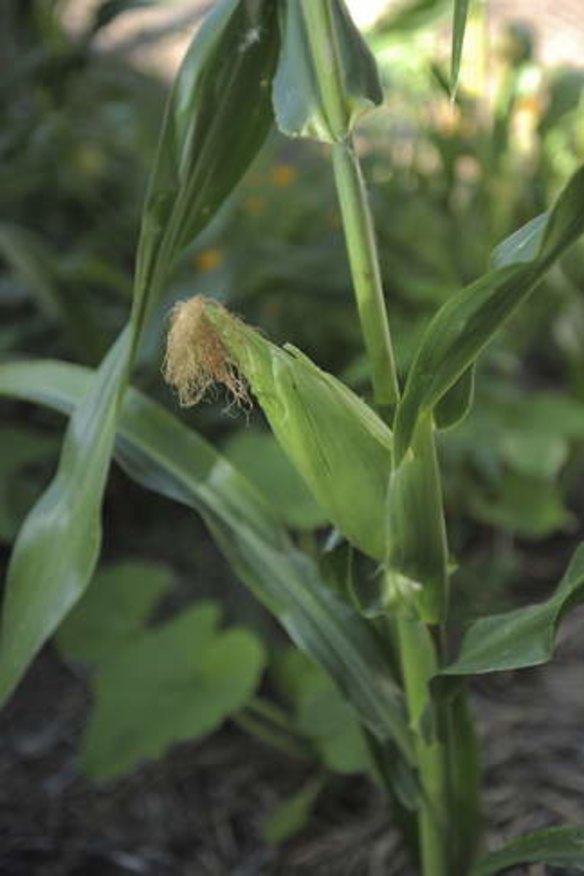Organic uni garden in class of its own

John Sullivan and I met on the ferry jetty in Acton at sunset. We had both been on one of Canberra's most inspired outings, a 90-minute cruise on Lake Burley Griffin. More than 50 of us had chugged around drinking fresh lemonade and Drift sauvignon blanc, eating chicken kebabs, dips and vegetarian rolls, admiring the clouds, stepping ashore on Springbank Island and listening to classical guitar played by Callum Henshaw, of the Australian National University.
The event was organised by Kirsty Guster founder of Acton Walkways, a program that was established in 2009 in order to promote awareness, community spirit and public engagement in Acton.
Sullivan was there as manager of sustainability at the ANU. Each year, he is one of a number of specialists in fields as diverse as architecture, geology, music, science, gardens and landscapes who lead walking tours around sites on the Acton Peninsula (actonwalkways.com.au).

Sullivan says since 2010, Bruce Hall residents have looked at the feasibility of introducing more local and seasonal produce on to the hall of residence's dining hall menu. This has led to changes in ordering and suppliers and some revisions to the menu.
Executive chef at Bruce and Ursula halls David Wannell helped drive the change.
Students are encouraged to eat organic fruit and vegetables and to recycle food scraps for the HotRot facility on campus. They looked at the per-kilo cost of an orange from the US compared with the cost of Australian-grown oranges, the distance travelled and litres of fossil fuel used in the transport of the oranges, as well as the carbon emissions.

Wannell says the Bruce Hall garden project yields a basket of fresh garden vegetables every week during the ANU teaching year. The students prepare the beds in late February, harvesting in autumn and into winter.
ANU Green sustainabilty officer Jennifer McMillin says food waste from Bruce Hall is collected and transported to a HotRot composting vessel onsite at the ANU. Developed in New Zealand, the organic recycling project was introduced to the ANU in 2007. The machine turns waste into compost in the space of three weeks.
Six years ago, McMillin led the development of an organic garden for staff and students at the Canberra Environment Centre in Acton. Established beds this summer are filled with tomatoes, eggplant, tomatillos, lettuce, herbs and fruit trees.
One bed uses the ''milpa'' system of crop rotation, a traditional Mexican technique. The bed was developed by Australian Polly Grace and Josue Gomez from Mexico, who regularly garden at Acton. It is planted with the Mayan trio of corn, purple beans and pumpkin. A thick border of comfrey, in flower, grows beside the environment centre, its leaves the perfect addition to activate a compost heap.
This month, February, students from the Dirty Beanstalk gardening crew at the uni, led by Karina Bontes Forward and Brendan Moloney, laid down cardboard so elm suckers pulled out during January don't come back, then they shovelled HotRot organic humus on top.
This preparation is for a planned new bed of edible Australian native plants, including bush tomatoes, lemon myrtle, mountain pepper, warrigal greens and finger limes.
Susan Parsons is a Canberra writer.